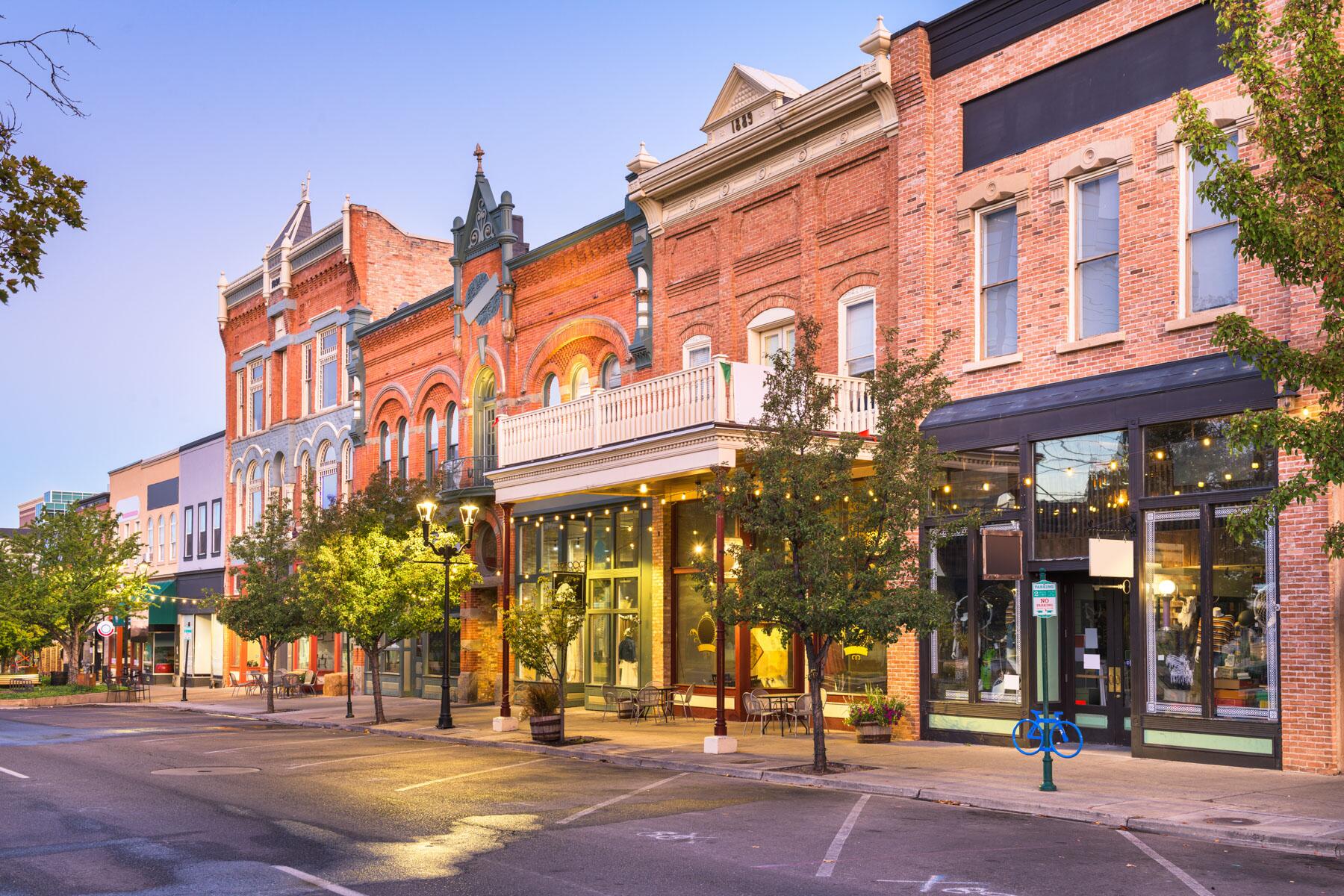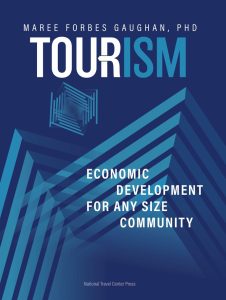Tourism contributes to economic development in many ways. However, in view of the priority of economic development offices to publicize the number of jobs they are responsible for generating, proving the job numbers for tourism that everyone can agree on, has been challenging. It stands to reason that jobs are created serving visitors. Workers staff and manage hotels and restaurants, serve visitors at attractions and in local retail stores, and hold otherwise obvious jobs in tourism. There have been many attempts to clarify the true number of jobs generated by tourism programs, yet there is no one single figure used in the United States, because pay scales vary so widely from coast to coast and for example, not all restaurant jobs, can be attributed to tourism. US Travel indicates every $100,000 in visitor spending generates one new job, which is a good rule of thumb.
Using that rule of thumb, the Travel Oregon number of $249 per person per day visitor spending and an average traveling party size of 2.1 spending 3 days in a community, x 100 traveling parties, results in a total of $156,870 in visitor spending in that community. Comparing that figure to the US Travel would generate the equivalent of 15 new jobs. Quad Cities states that 8,618 people are employed in the visitor economy industry while Tybee Island, Georgia indicates visitor spending supported 1,902 jobs on the island and many more off the island. The State of Georgia calculates that 484,00 people are employed in tourism within 159 counties, an average of 3,044 tourism supported jobs per county. Tri-Valley, California indicated that visitor spending supported 7,396 jobs.
One of the clearest statements about the value of tourism was issued by New York State, where a side-by-side graph clearly illustrates that the unemployment rate in New York State was 5.3% in 2015 with jobs in tourism included and would be 13.2% if tourism jobs were eliminated. Cabarrus County, North Carolina informed residents they would pay $467 more in taxes per household if no taxes were collected on visitor transactions. Many other communities are now calculating this same type of tax saving number to pass on to residents.
Research by Tourism Economics revealed that visitor spending also spurs faster growth in a region as a whole. According to their study, destinations with a higher concentration of visitor industries grew faster than other areas, and a 10% increase in travel and tourism employment tended to be followed by a 1.5% increase in broader employment.


